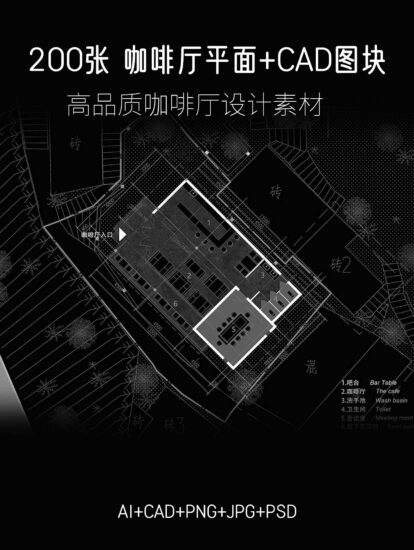來自布魯克林的Studio Tack工作室使用了白色橡木鑲板、古老的鏡子和雪花石膏燈,在這家位於紐約市的日本小餐館裏營造了一種優雅而舒適的氛圍。
Brooklyn firm Studio Tack has used white oak panelling, antiqued glass mirrors and alabaster lights to create a classy yet cosy atmosphere in this small Japanese restaurant in New York City.
Tsukimi餐廳反映了他們對於懷石料理的現代詮釋,懷石料理是一種日本高級料理,包括精心準備和呈現的多道菜。懷石料理的做法可以追溯到幾百年前。
Tsukimi offers a modern take on kaiseki, a type of Japanese haute cuisine involving multiple courses that are meticulously prepared and presented. The practice of kaiseki goes back hundreds of years.
這家餐廳的名字意為“賞月”,指的是在滿月之夜舉行的秋收節。農曆新年通常在家裏與家人和朋友一起慶祝。它的主題“沉思、感恩和團聚”為Tack工作室的設計提供了線索。
The restaurant’s name means “moon viewing” – a reference to a fall harvest festival that takes place on the night of a full moon.The lunar event is often celebrated at home with family and friends. Its themes of “contemplation, gratitude and togetherness” provided the cues for Studio Tack’s design.
這家餐廳占地660平方英尺(61平方米),位於曼哈頓東村一幢多層磚房的一層。遊客們進入室內,能看見門廳裏掛著一簇簇幹燥的蒲葦幹——這是一種傳統的收獲植物。拱形的開口通向一個狹窄的,線性的房間,立麵充滿了金色光芒和木質飾麵。
Measuring 660 square feet (61 square metres), the eatery occupies the ground level of a multi-storey, brick building in Manhattan’s East Village neighbourhood.Visitors step into a small entry vestibule with clusters of hanging, dried pampas grass – a traditional harvest plant. Arched openings lead into a narrow, linear room filled with golden light and wooden finishes.
使用紋理和圖案是為了喚起懷石料理的有序流動。對於牆壁,團隊使用手工渲染的灰泥和肋木麵板。用古色古香的古銅色玻璃製成的大鏡子使緊湊的空間顯得更加寬敞。經典的馬賽克地板可以追溯到20世紀20年代,與建築的曆史產生聯係。
The use of textures and patterns are meant to evoke the disciplined flow of kaiseki.For the walls, the team used hand-rendered plaster and ribbed wooden panels. Large mirrors made of antiqued and bronzed glass help make the compact space feel more expansive.Classic mosaic flooring dating back to the 1920s was left in place, providing a connection to the building’s history.
沒有餐桌。相反,客人坐在餐廳中心兩個櫃台中的一個,中間有一條服務走廊。白色橡木櫃台的頂部是未上漆的黃銅,隨著時間的推移會發展成古銅色。
There are no dining tables. Instead, guests sit at one of two counters in the centre of the restaurant, with a service corridor running between them. The white oak counters are topped with unlacquered brass that will develop a patina over time.
內置於櫃台的是精心挑選的餐具的壁龕,按季節旋轉。 該係列包括日本藝術家Hitori Wada和布魯克林藝術家Minami Takahashi的陶瓷作品,以及來自日本的特殊漆器和玻璃器皿。廚師兼總經理Karen Lin收集的複古作品也有特色。
Built into the counters are niches for carefully selected dishware, which rotates seasonally. The collection includes ceramic pieces by Japanese artist Hitori Wada and Brooklyn-based artist Minami Takahashi, along with special lacquerware and glassware from Japan.Vintage pieces collected by the chef and general manager Karen Lin are also featured.
一係列的管狀燈懸掛在頭頂。這些吊墜由雪花石膏製成,來自法國的Atelier Alain Ellouz工作室。該空間還配備了來自紐約Allied Maker的黃銅和磨砂玻璃幕牆。照明有助於營造整體氛圍,旨在幫助客人放鬆身心並用心體驗懷石。
A series of tubular lights are suspended overhead. Made of alabaster, the pendants are from Atelier Alain Ellouz in France. The space also features brass-and-frosted glass wall sconces from Allied Maker in New York.The lighting contributes to the overall ambiance, which is meant to help guests unwind and embrace the kaiseki experience.
完整項目信息
項目名稱:Tsukimi restaurant
項目位置:美國紐約
項目類型:餐飲空間/日本料理
完成時間:2019
設計公司:Studio Tack
攝影:Read McKendree


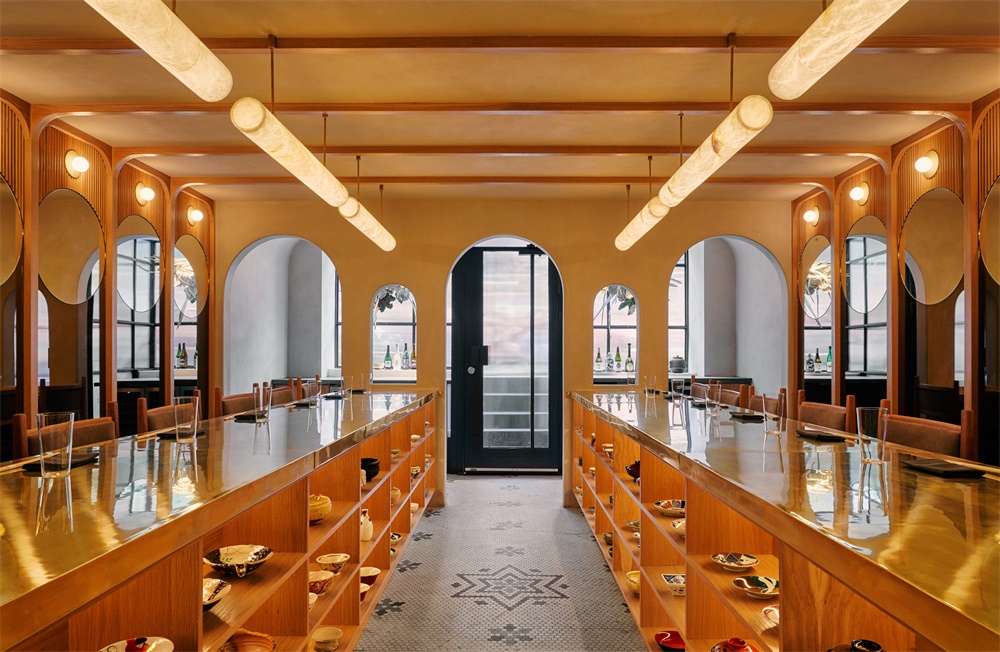
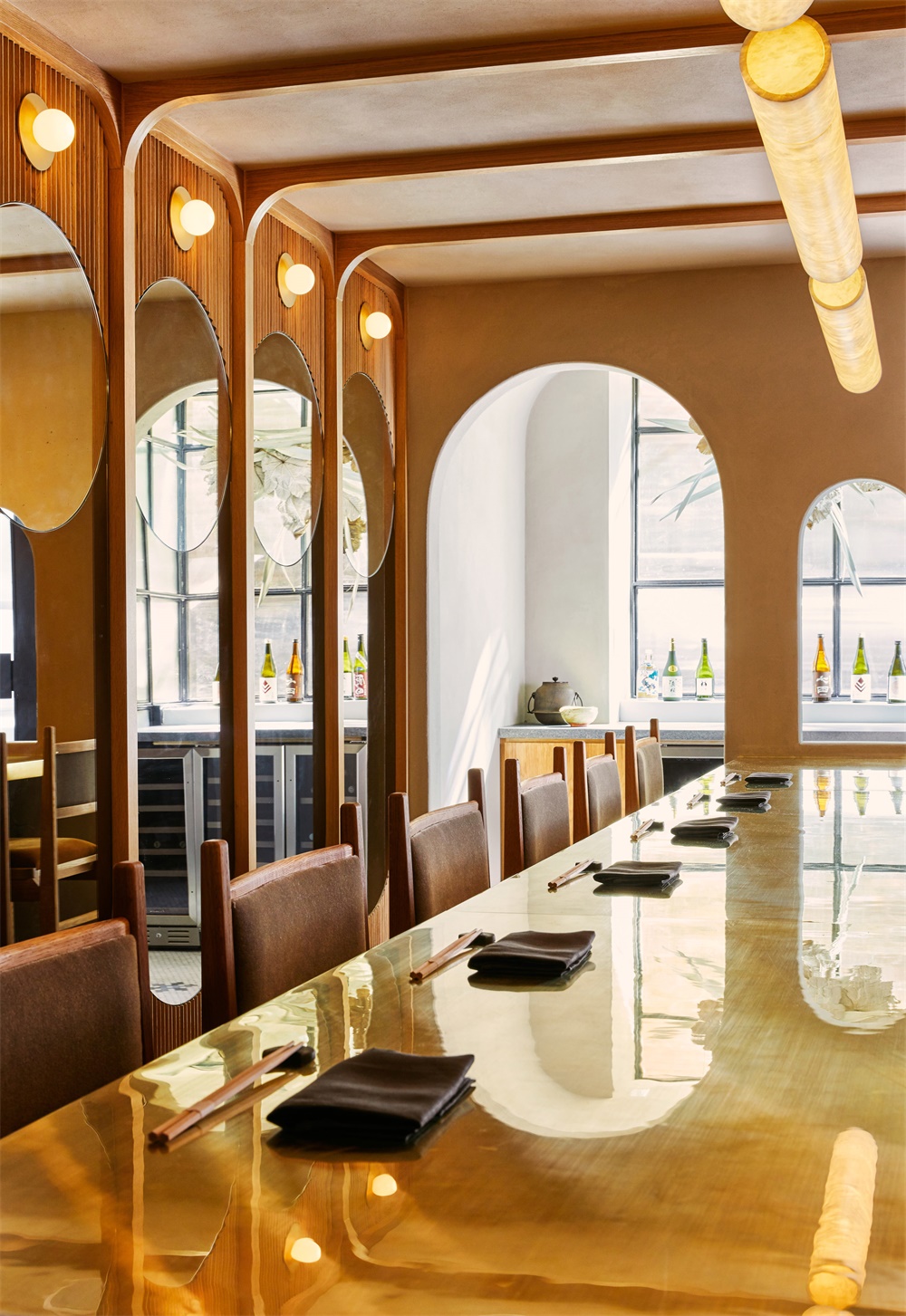
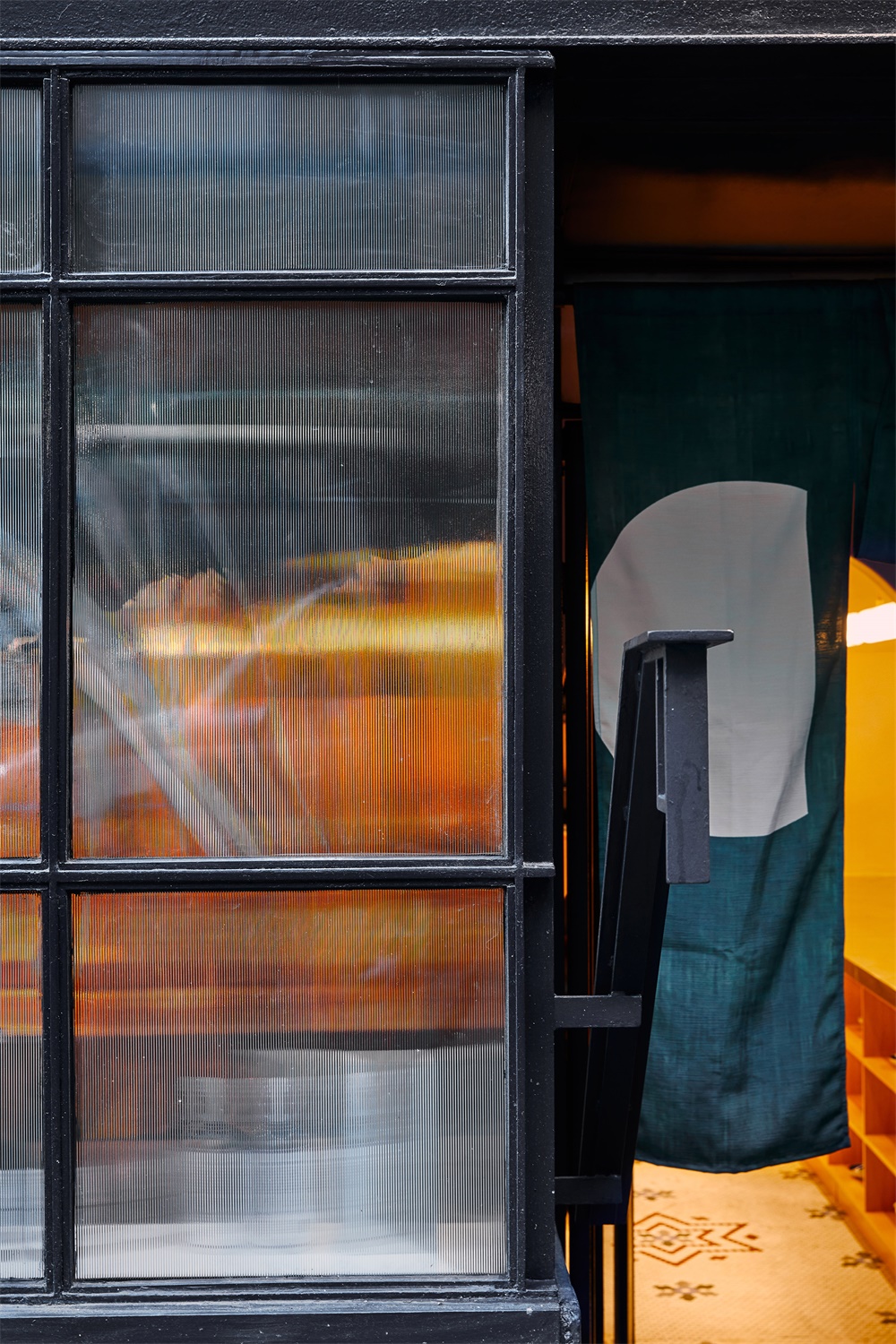
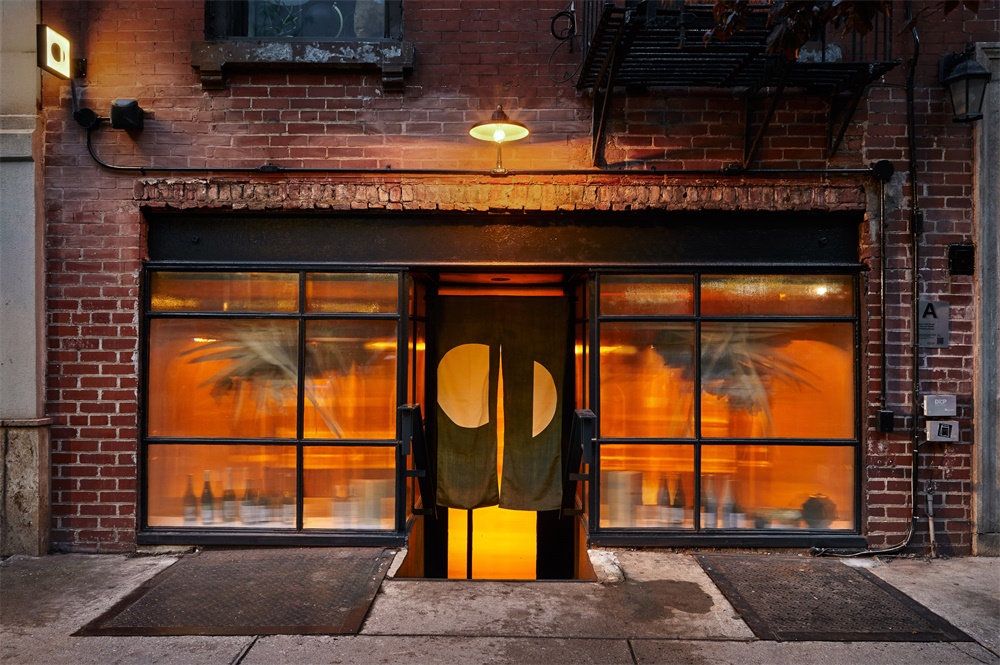
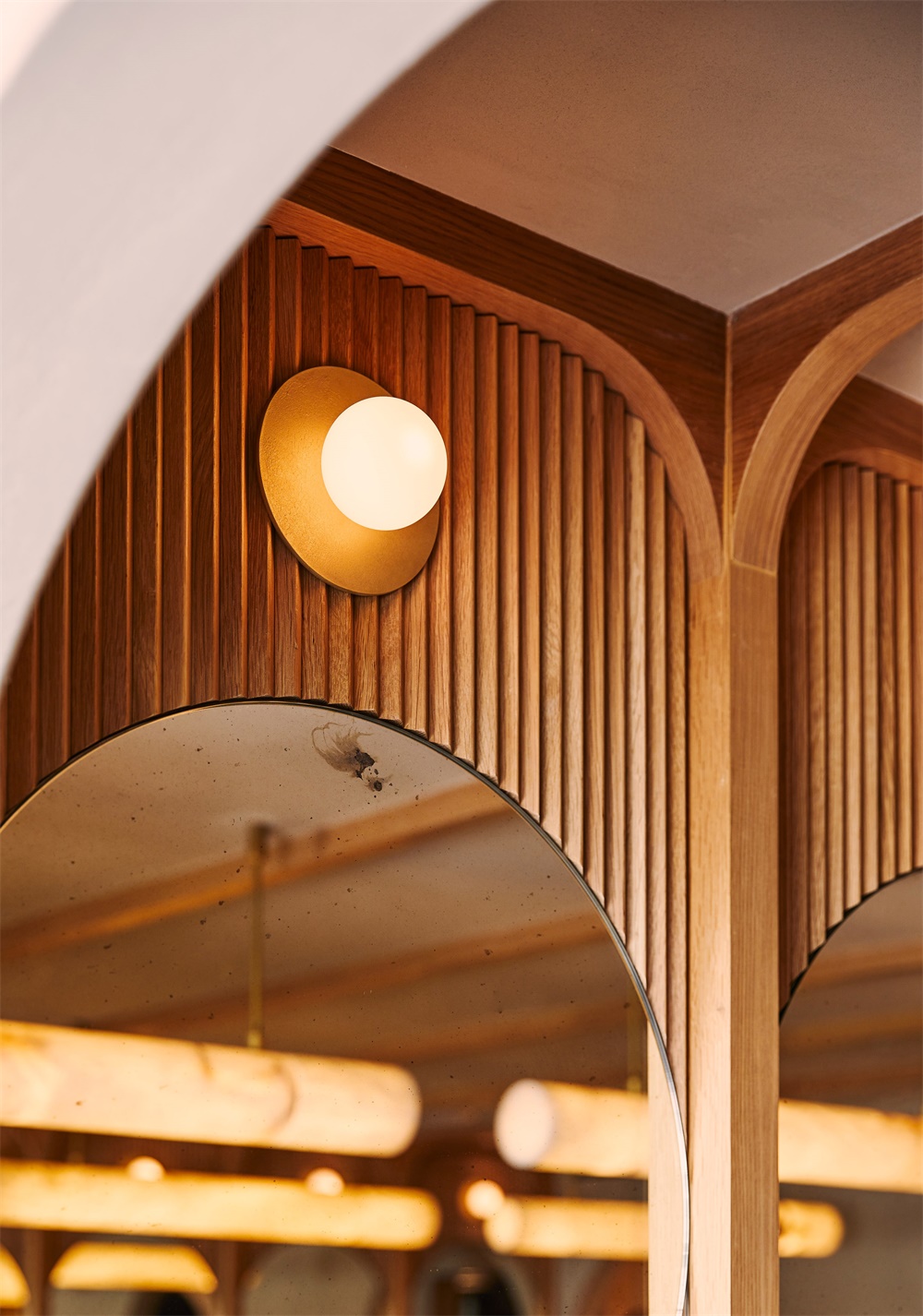
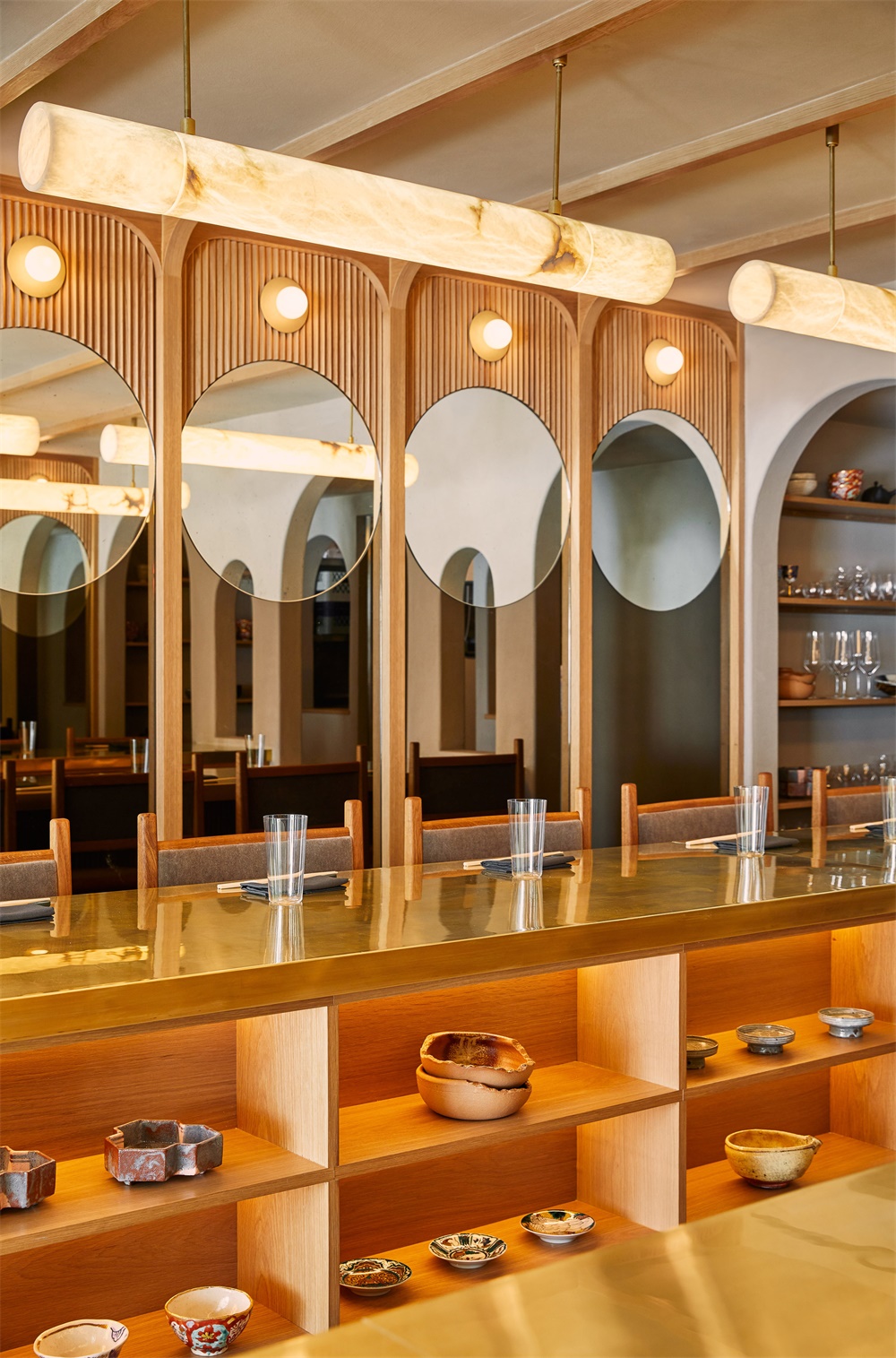
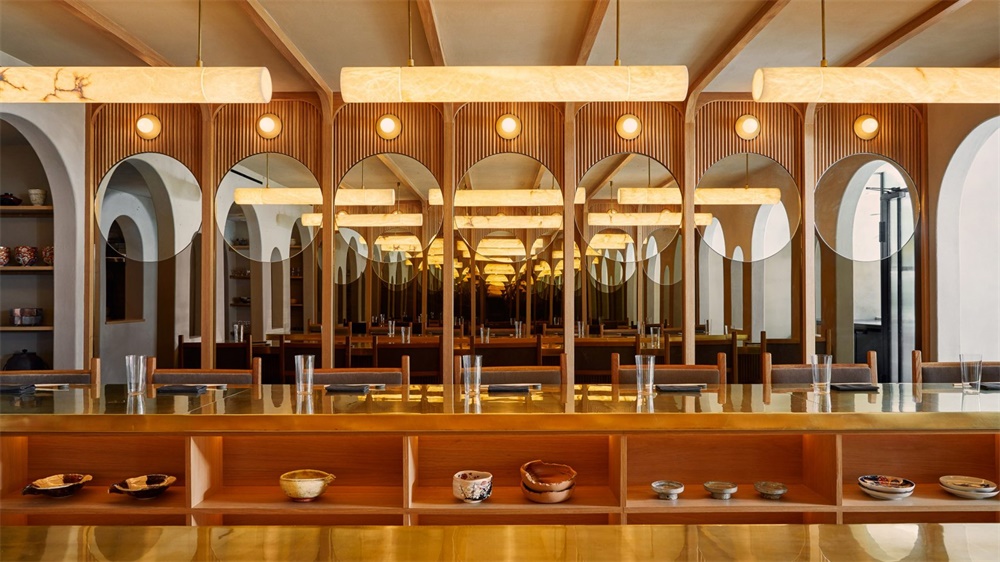
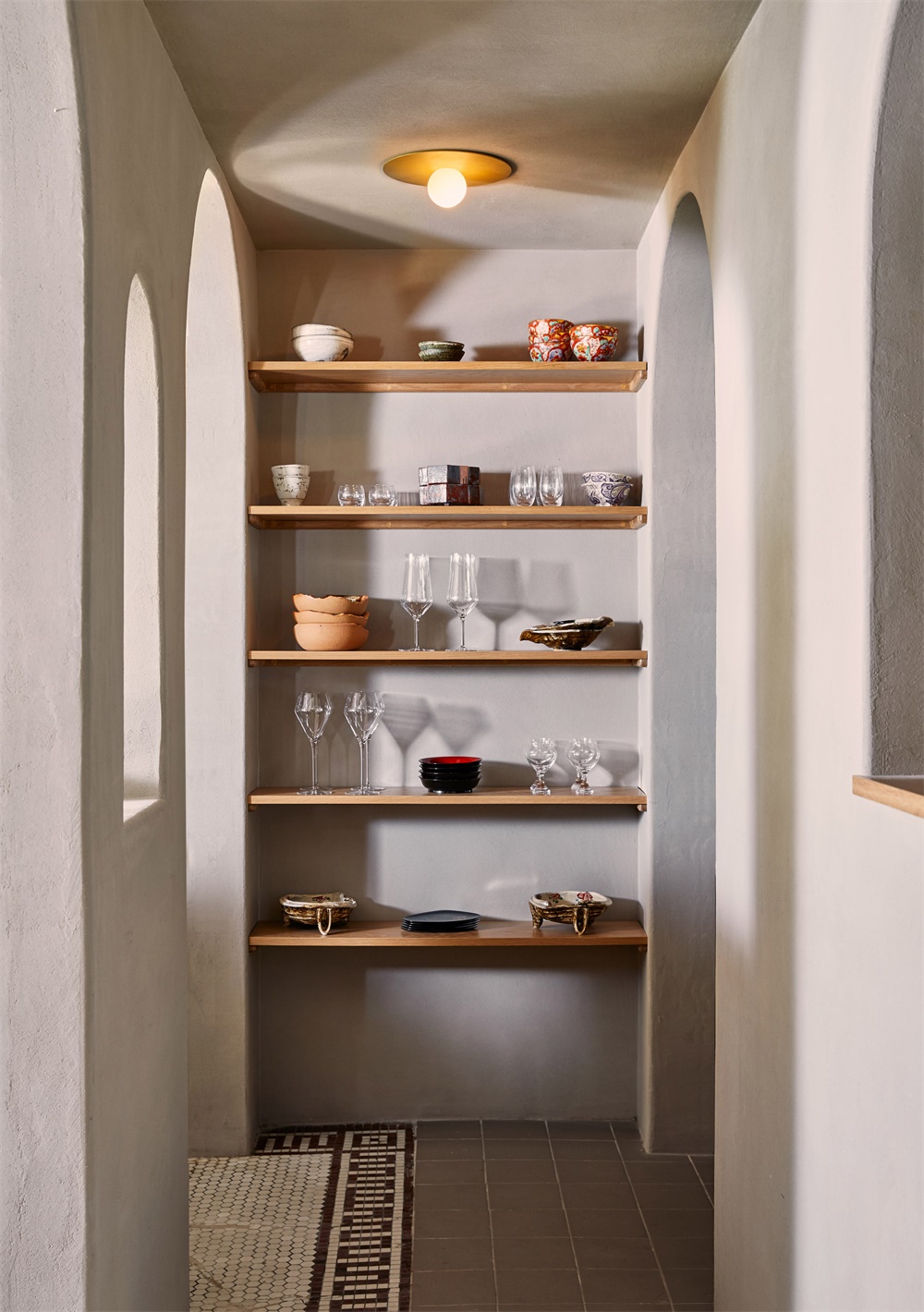
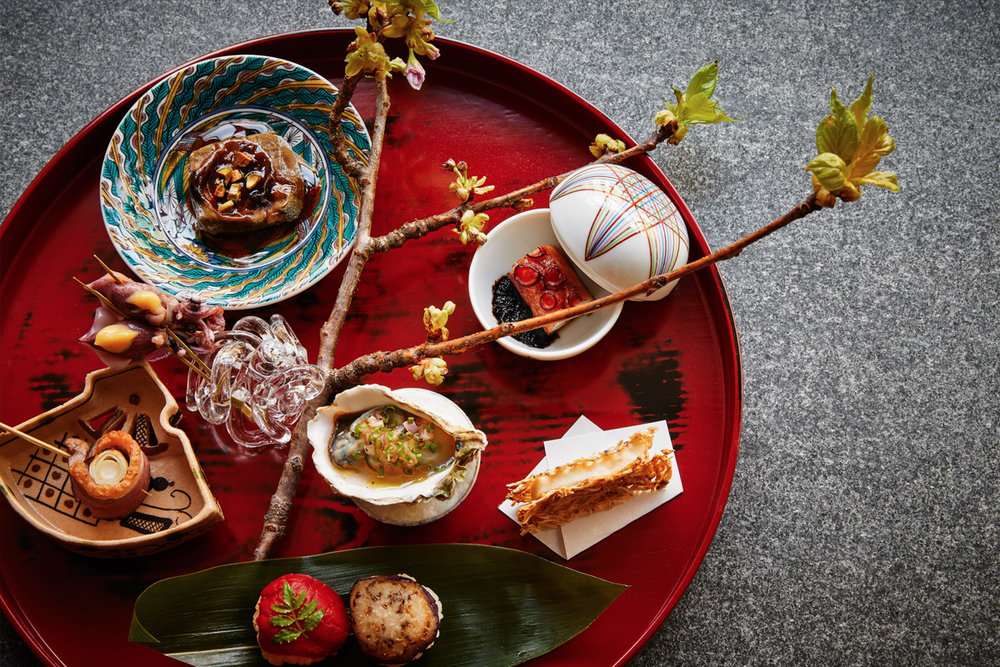

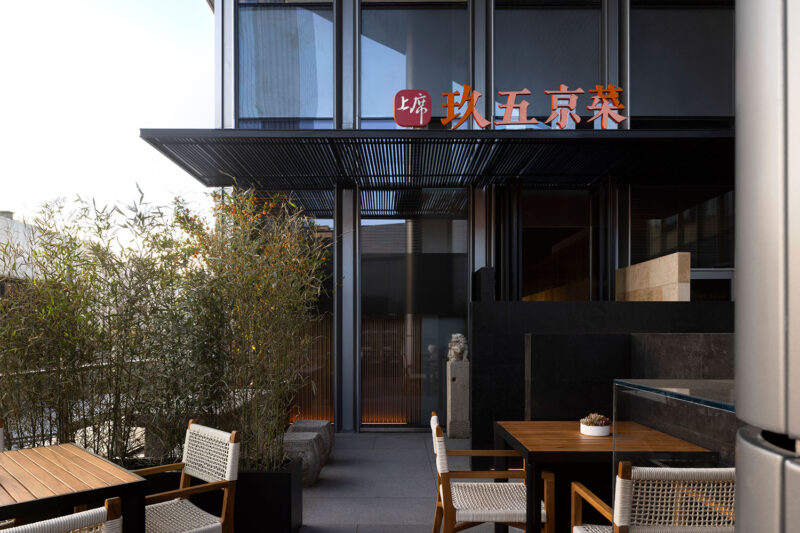
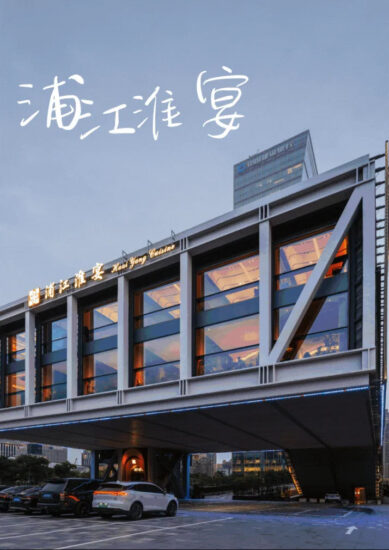
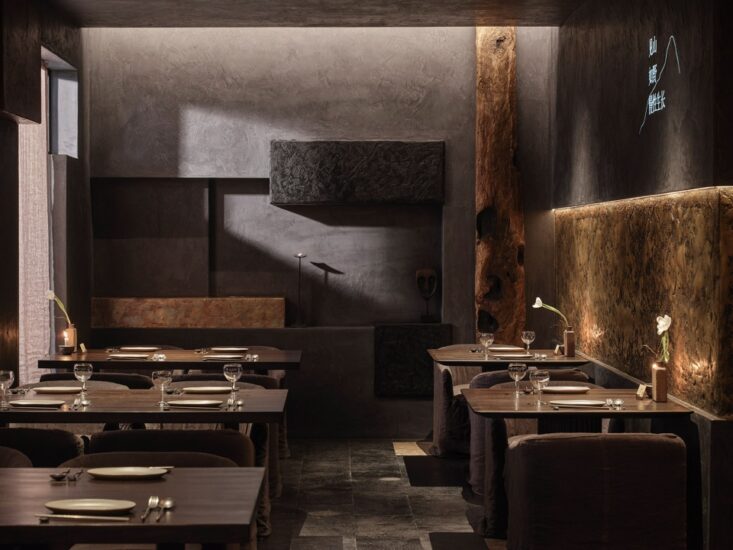
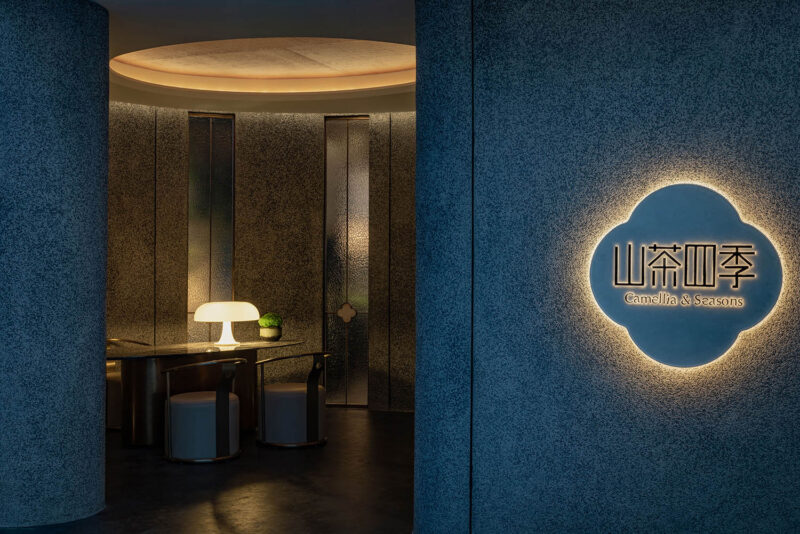
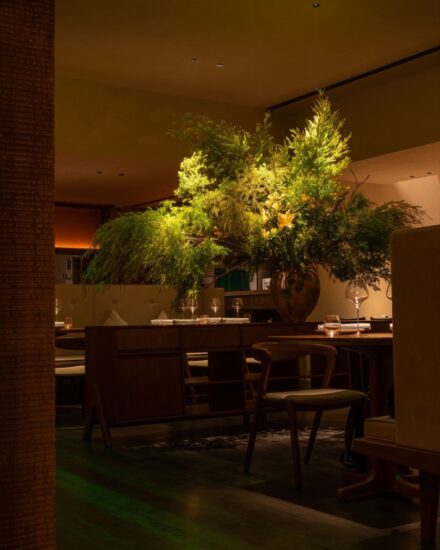
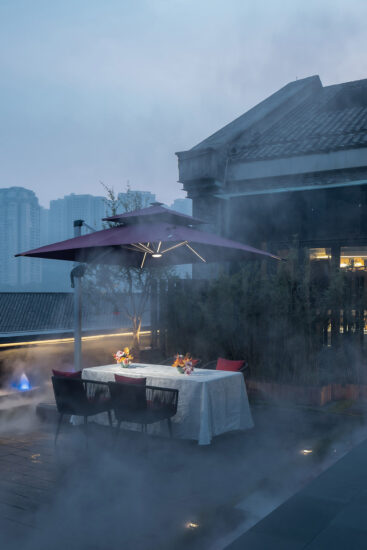
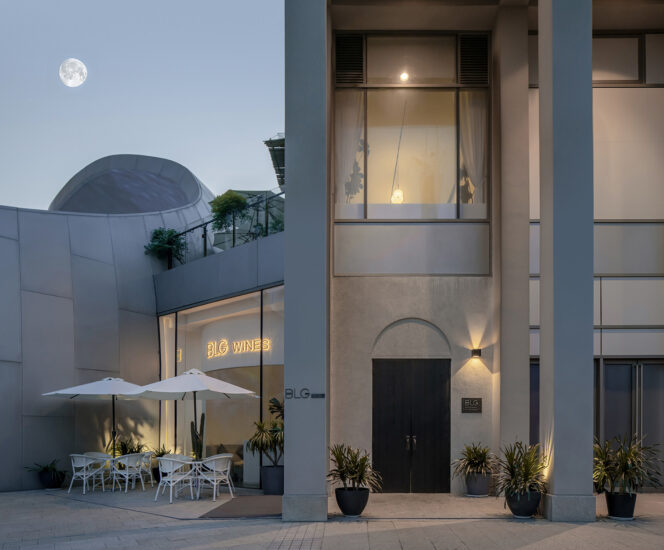
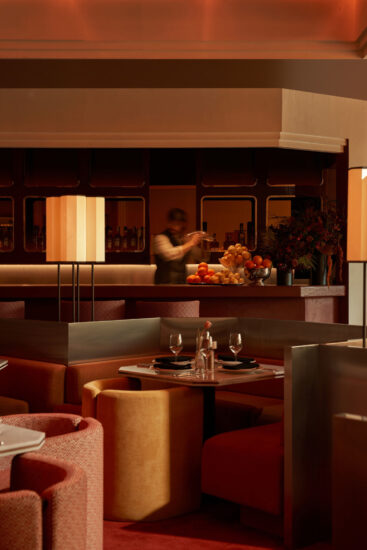
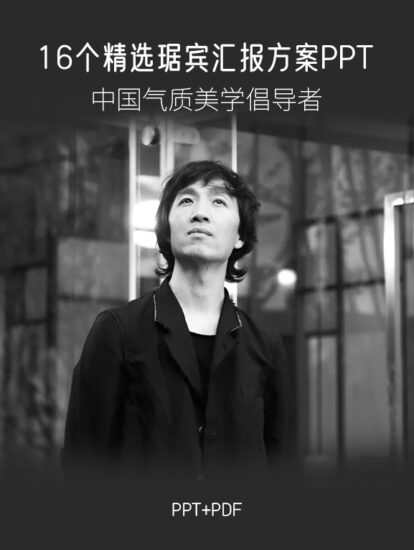
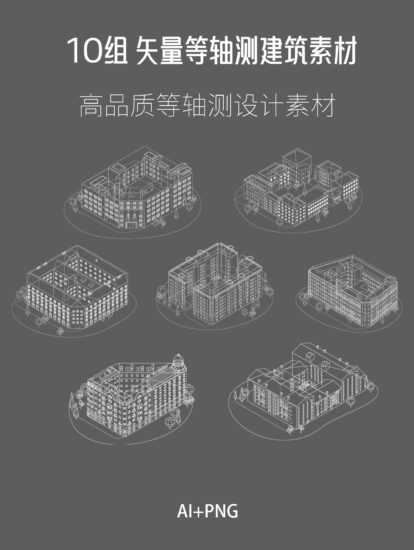


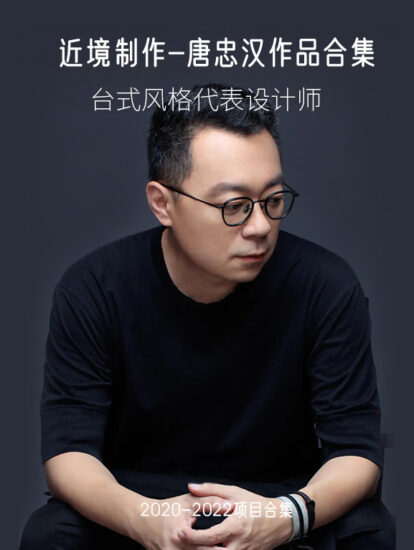
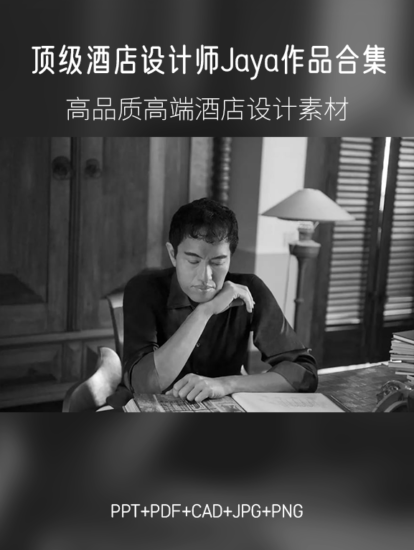
![[4K] 2.1G 虛空之美-100個日式庭院](http://www.online4teile.com/wp-content/uploads/2023/09/1_202309111611111-8-414x550.jpg)
